Animal Issues & How You Can Help
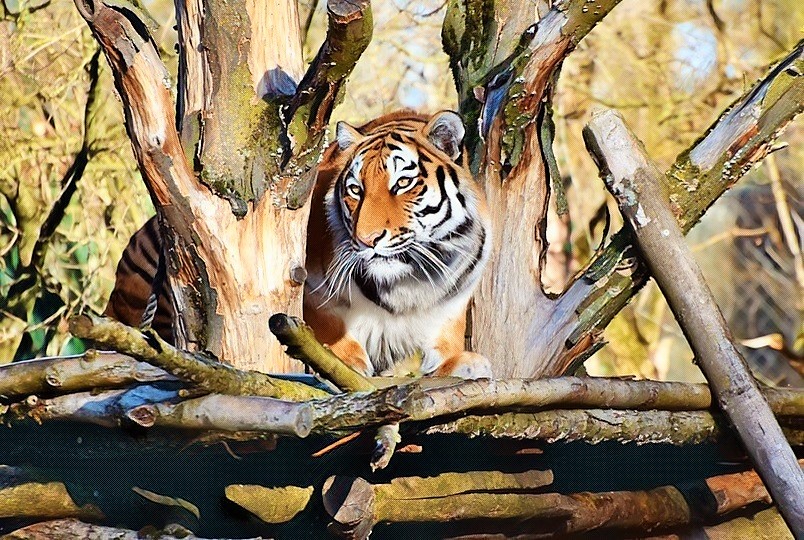
Learn About Animals
All animal species face challenges caused by humans. Learn about wild animals, companion animals and farm animals and discover what you can do to help.
Around the world, individuals, groups and organizations are making a difference for animals and the planet every day. From saving a companion animal from cruelty, to saving an entire species from extinction, simple choices and actions that you can make will help save animals and the earth.
You can make a difference for animals by adopting an animal, recycling, choosing humane products, donating to a charity of your choice, distributing flyers and fact sheets, encouraging humane legislation, planting wildlife gardens, trapping and neutering feral cats, volunteering, and educating others about earth and animal issues. Together, our collective efforts to protect and preserve animals and the environment is making a difference.
Join the effort today; become an earth and animal advocate!
Mammals
Mammals are animals that have warm-blood, fur or hair and usually have live babies. A few mammals lay eggs rather than giving birth to live babies, including the platypus and the spiny anteater. All mammals have some type of body hair or fur, though marine mammals, like dolphins and whales, are almost hairless. Over 5,500 species of mammals have been recorded to date.
Birds
Birds are warm-blooded, covered in feathers and lay eggs. All birds have wings, a beak and stand on two legs. Most birds fly, but some cannot. Some species, particularly penguins and members of the Anatidae family, are adapted to swim. Some birds eat only seeds and berries. Some also eat insects. Birds of prey eat small animals. Male birds are usually more brightly colored than females, while females have better camouflage.
Reptiles
Amphibians
Fish
Invertebrates
Insects
Insects are cold blooded arthropods and represent 90% of all life forms on earth. They are among the most diverse groups of animals on the planet, with over 1 million different known species and as many as 9 million more yet to be discovered. Insects have three body parts: head, thorax and abdomen. They have three pairs of legs with six joints and they have two antennae. Bugs have external skeletons. These “exoskeletons” contain sense organs for sensing smell, sound, light, temperature, wind and pressure. Most insects go through 4 life stages: egg, larvae or nymph, pups and adult. Bugs do not have lungs and most have compound eyes, meaning each eye has many lenses. Adult insects usually move about by walking or flying...and sometimes by swimming. They are the only animals without backbones that fly. As it allows for rapid yet stable movement, many walk with their legs touching the ground in alternating triangles.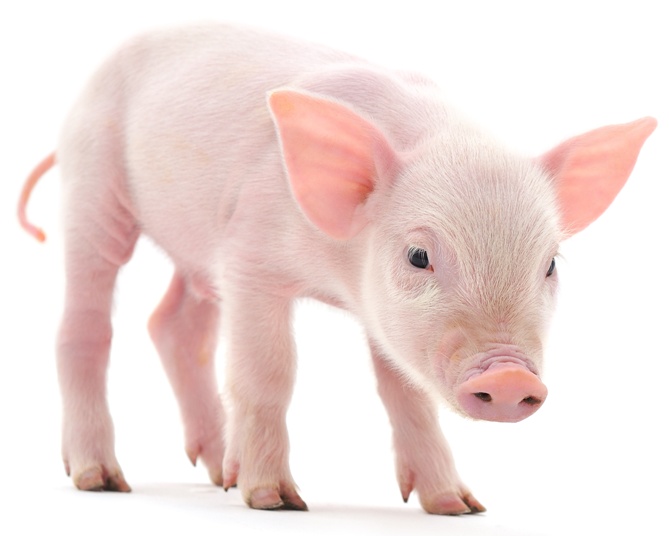
Farm Animals
Farm animals have unique personalities. They're fascinating creatures with the ability to love, form friendships, mourn, get angry and show a variety of other emotions. They are deserving of our respect and our compassion. The consolidation of farms in recent years has radically altered the face of farming. Today more animals are being raised on less land, with profound effects on the animals, rural communities and the environment. This shift in farming has been termed "industrial agriculture" or "factory farming," as thousands, or even hundreds of thousands of animals, are crowded into huge buildings with no access to the outdoors.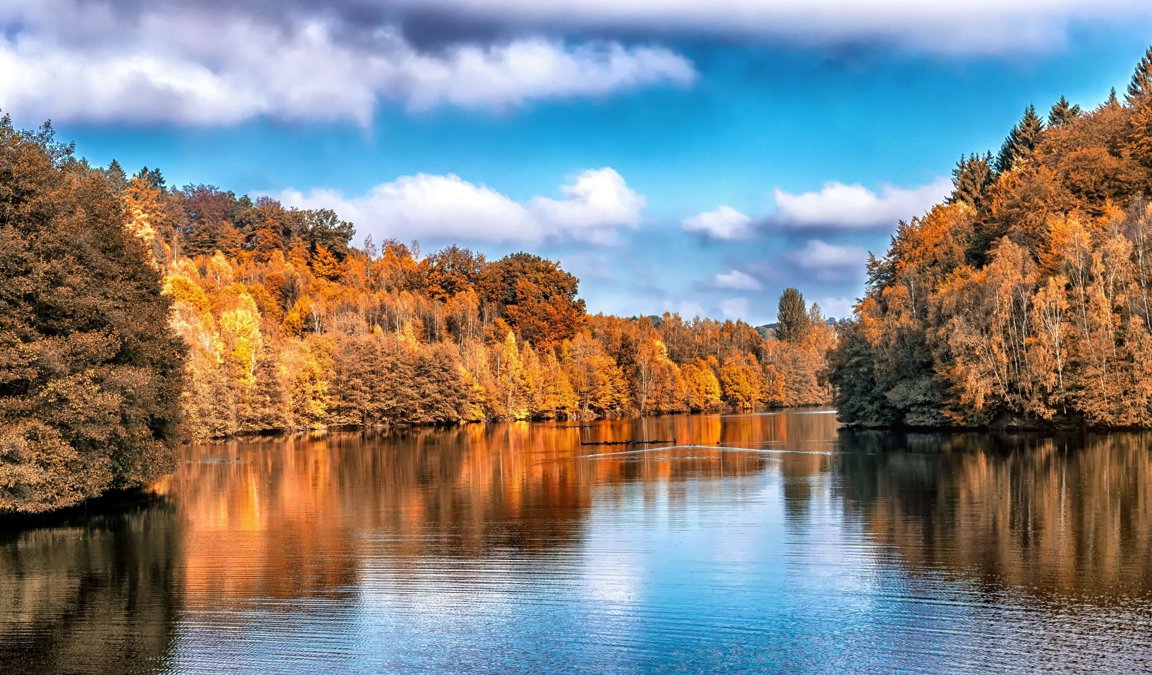
Learn About Ecosystems
Biomes, or ecosystems, are large regions of the planet with shared characteristics such as climate, soils, plants and animals. Climate is an important factor that shapes the nature of an ecosystem, as well as precipitation, humidity, elevation, topography and latitude. The five major biomes include aquatic, desert, forest, grassland and tundra biomes. Each biome also includes numerous types of sub-habitats. By protecting and preserving ecosystems, we protect and preserve plant and animal species...including our own species.
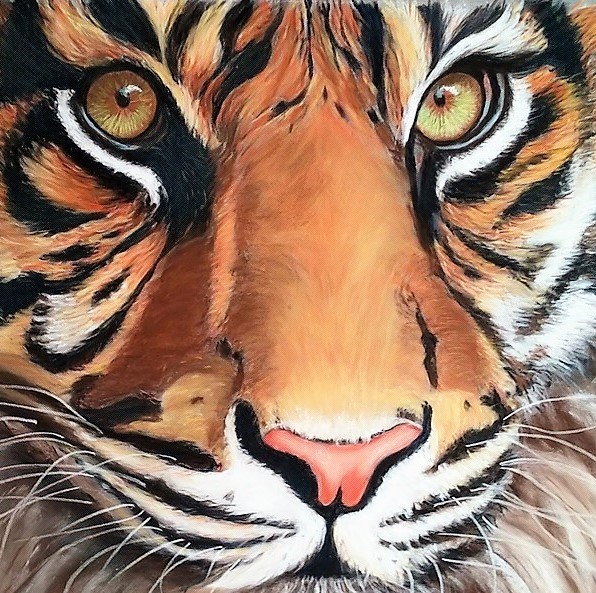 How You Can Help Animals
How You Can Help Animals
Around the world, individuals, groups and organizations are making a difference for animals and the planet every day. From saving a companion animal from cruelty, to saving an entire species from extinction, simple choices and actions that you can make will help save animals and the earth. Together, our collective efforts to protect and preserve animals and the environment is making a difference. Join the effort today; become an earth and animal advocate.
Help Companion Animals
In a perfect world, animals would be free to live their lives to the fullest: raising their young, enjoying their native environments, and following their natural instincts. However, domesticated animals cannot survive "free" in our concrete jungles, so we must take as good care of them as possible. People with the time, money, love and patience to make a lifetime commitment to an animal can make an enormous difference by adopting from shelters or rescuing animals from a perilous life on the street and spaying and neutering their companions.
Help Wild Animals
The actions of humans have created many threats to wild animals. As human populations increase, these threats multiply, leading to a fewer number of some species, and total extinction of others. All animals contribute to the ecology of the earth and are vital to its health and continuation. Many wildlife species are threatened with extinction, and many critical wildlife habitats are being destroyed. Together, we all play an important role in protecting wild animals and their homes.
Help Farm Animals
Farm animals have unique personalities. They're fascinating creatures with the ability to love, form friendships, mourn, get angry and show a variety of other emotions. They are deserving of our respect and our compassion. The consolidation of farms in recent years has radically altered the face of farming. Today more animals are being raised on less land, with profound effects on the animals, rural communities and the environment. This shift in farming has been termed "industrial agriculture" or "factory farming," as thousands, or even hundreds of thousands of animals, are crowded into huge buildings with no access to the outdoors.
Help Save Wild Places
Wilderness or wildlands are natural places on our planet that have not been significantly modified by humans. These last, truly wild places that have not been developed with industry, roads, buildings and houses are critical for the survival of many plant and animal species. They also provide humans with educational and recreational opportunities, and are deeply valued for aesthetic, cultural, moral and spiritual reasons. Some wildlands are protected, preserving natural areas for humans, animals, flora and fauna. Others are disapearing at alarming rates, and simply drawing lines around specific areas is not enough.
How to Help Animals
You can make a difference for animals by adopting an animal, spaying and neutering, recycling, choosing humane products, donating to a charity of your choice, distributing flyers and fact sheets, encouraging humane legislation, planting wildlife gardens, trapping and neutering feral cats, volunteering, and educating others about earth and animal issues. Join earth and animal advocates around the globe in the effort to make the world a better place for wild animals, companion animals, farm animals and humans.
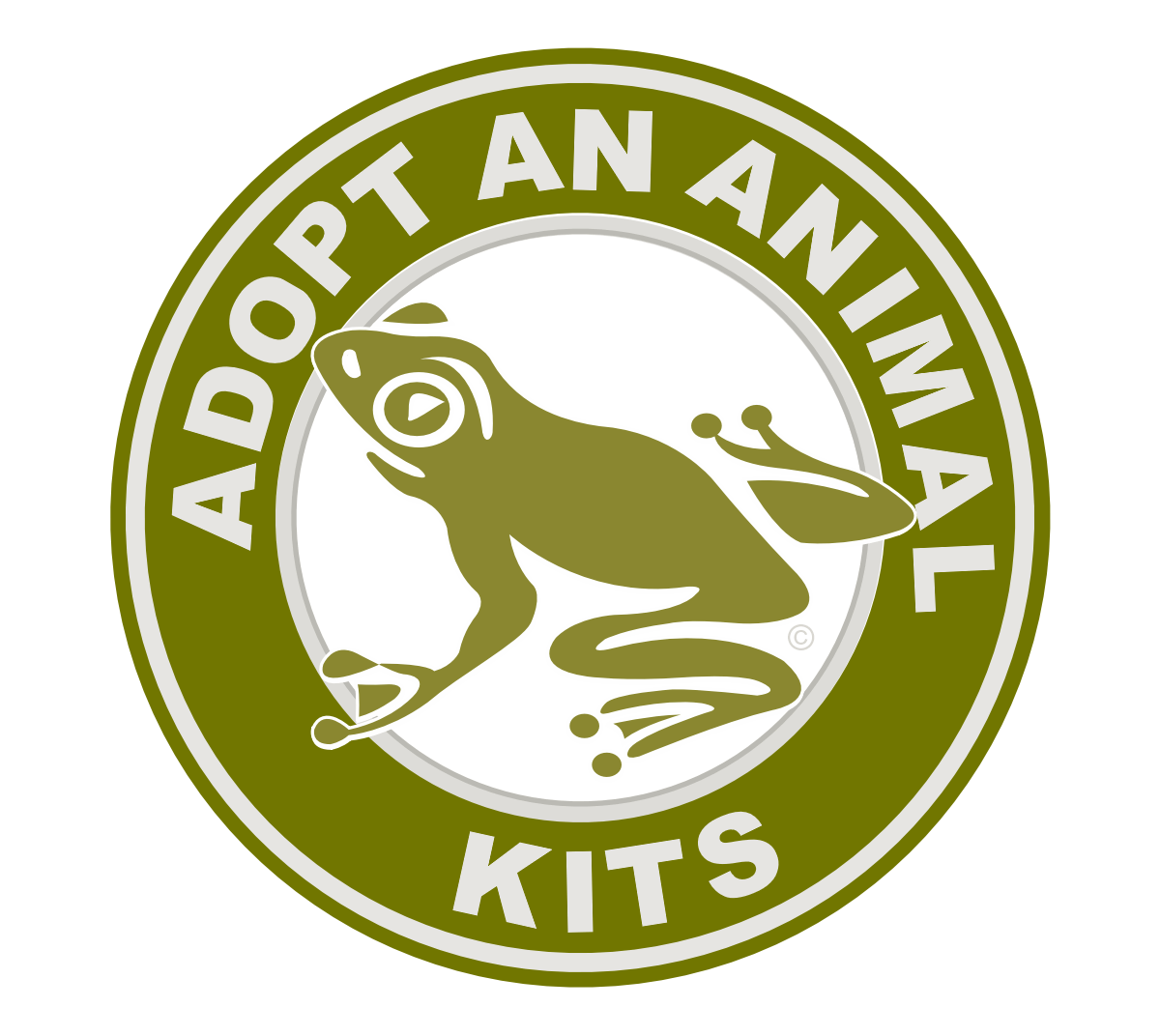
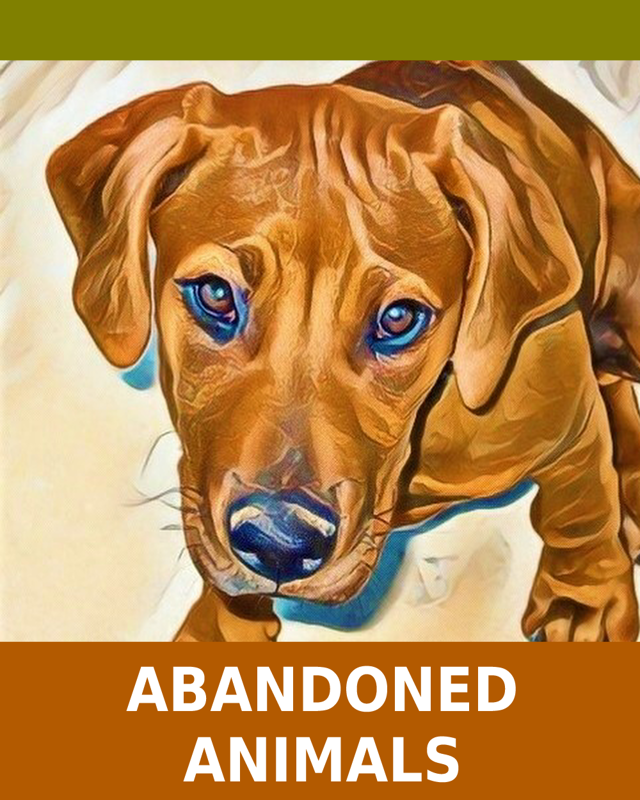
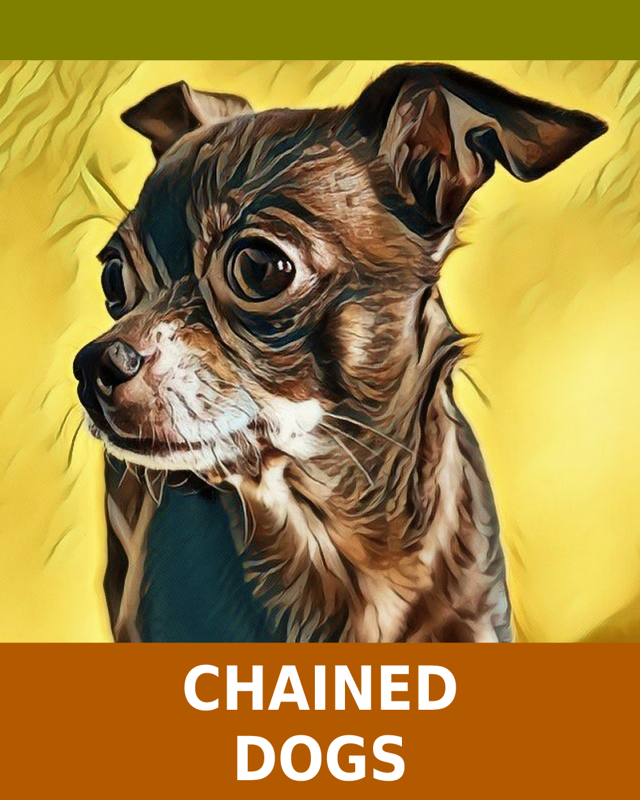
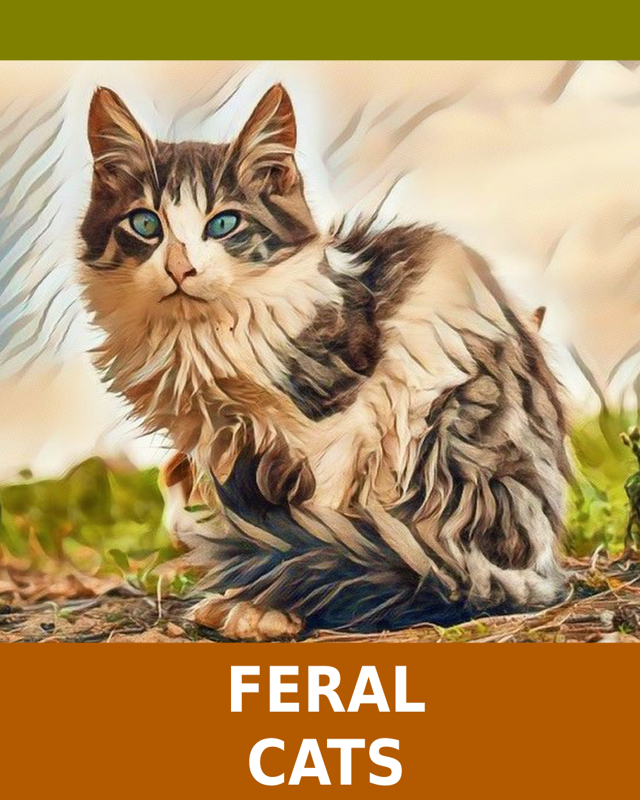
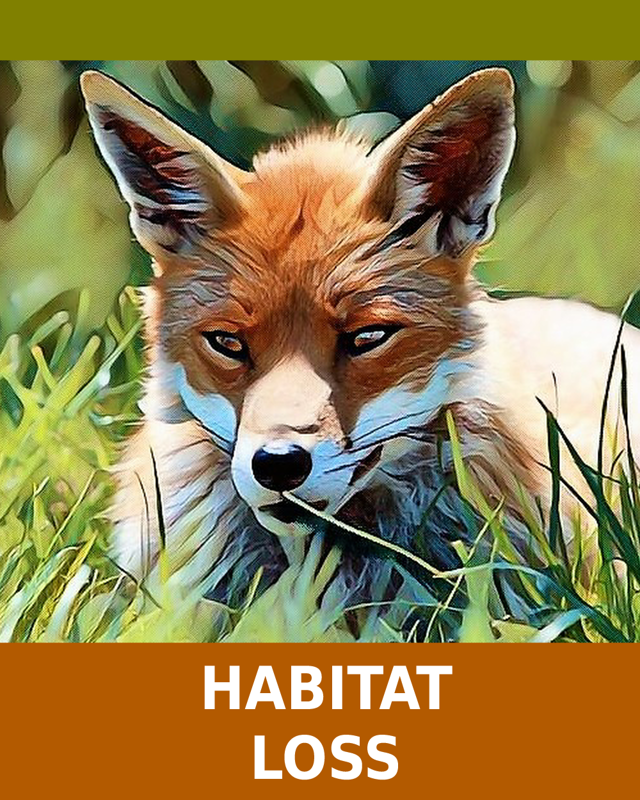
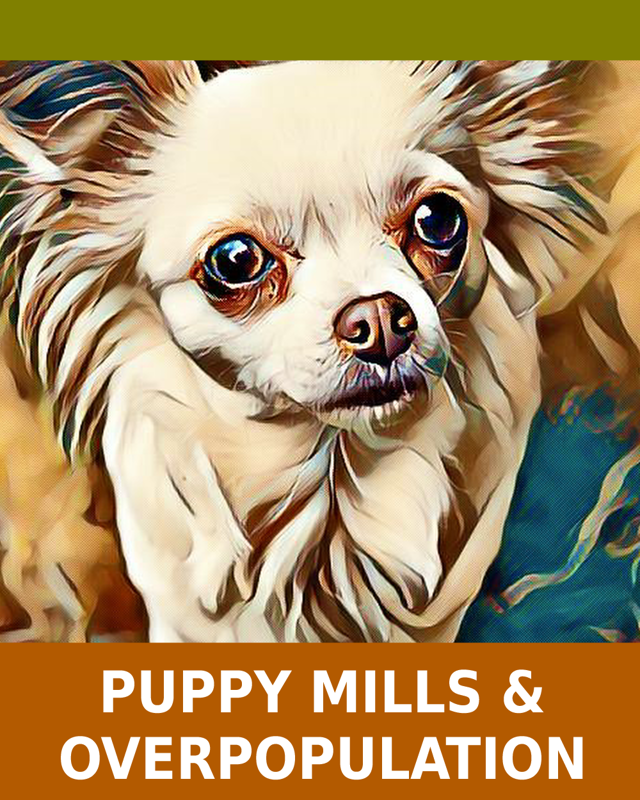
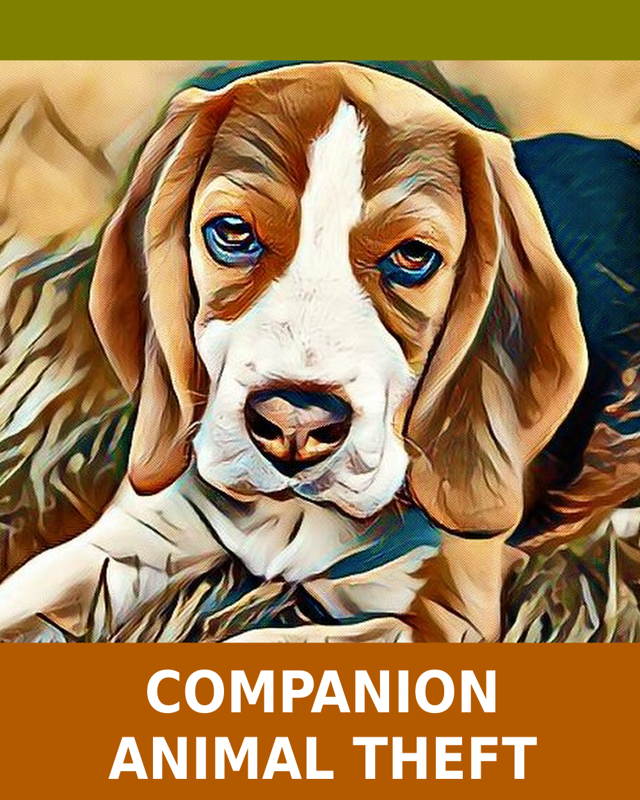
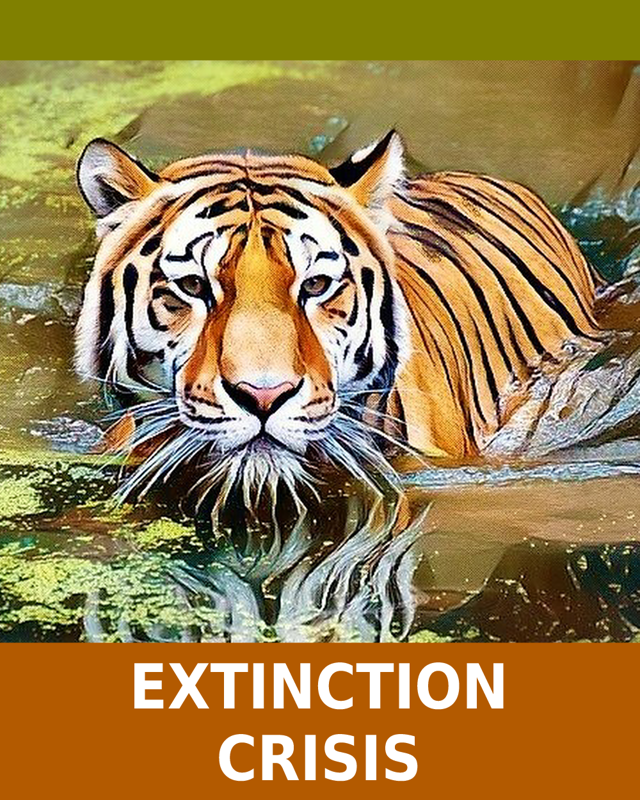
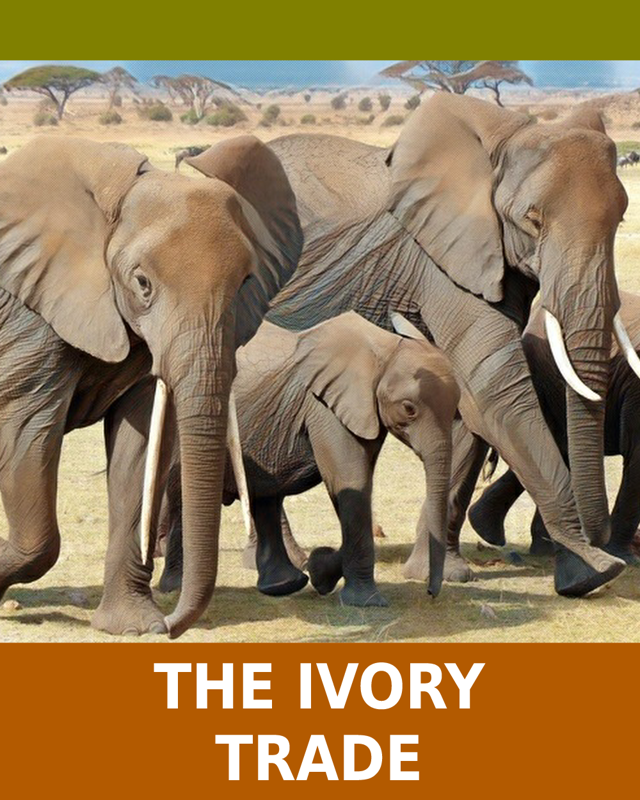
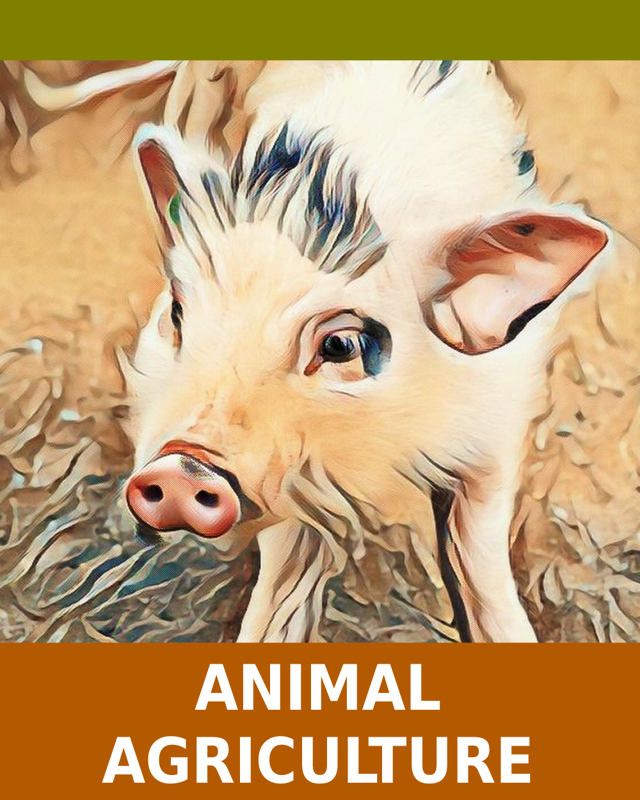
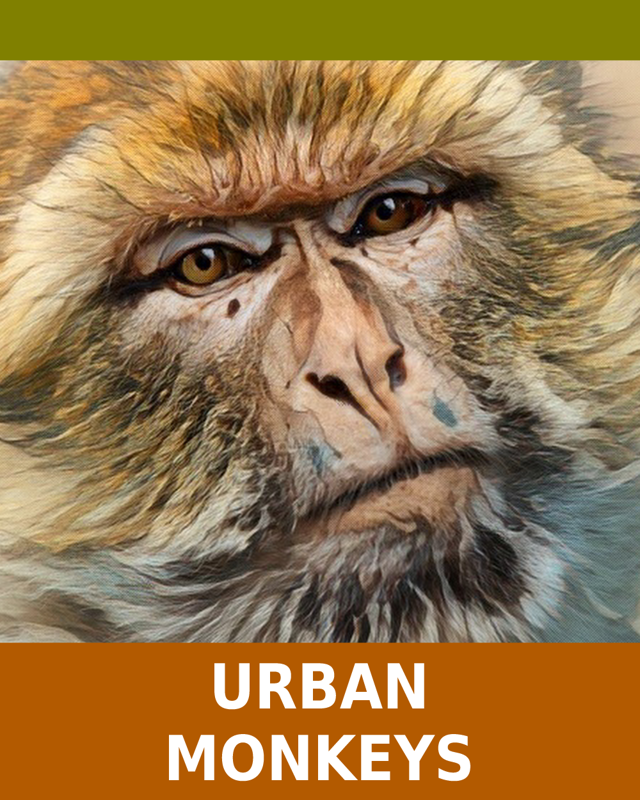
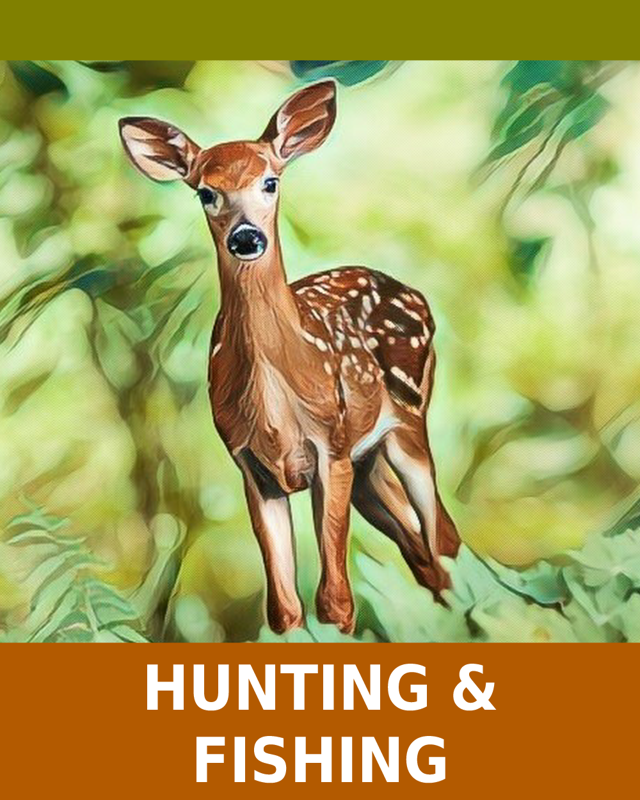
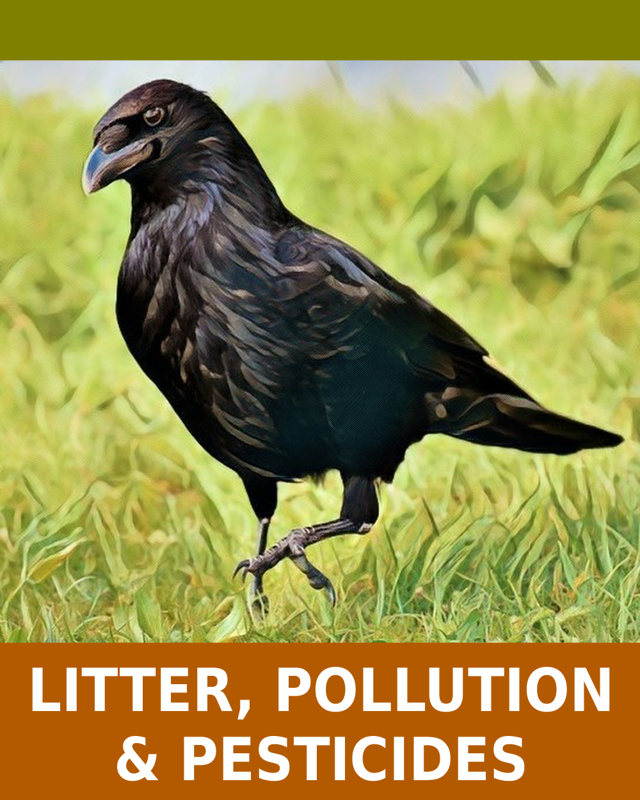
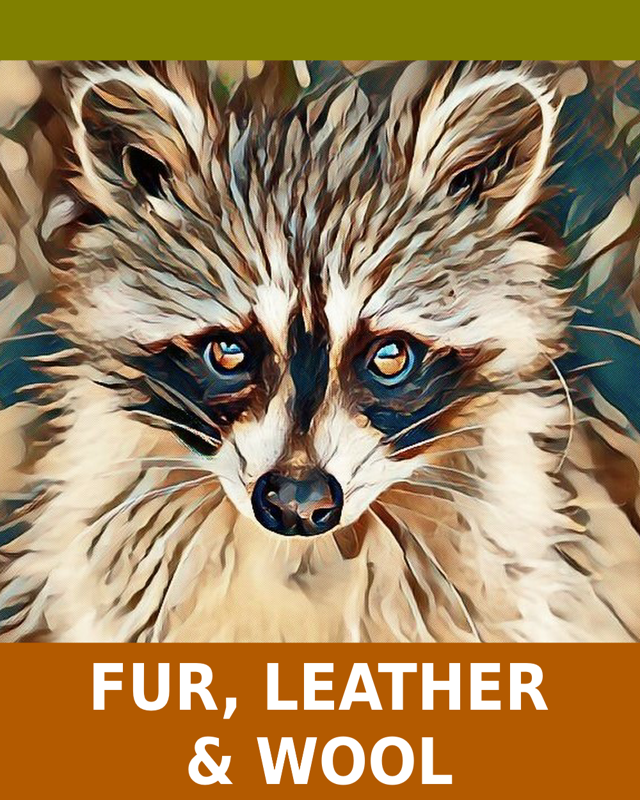
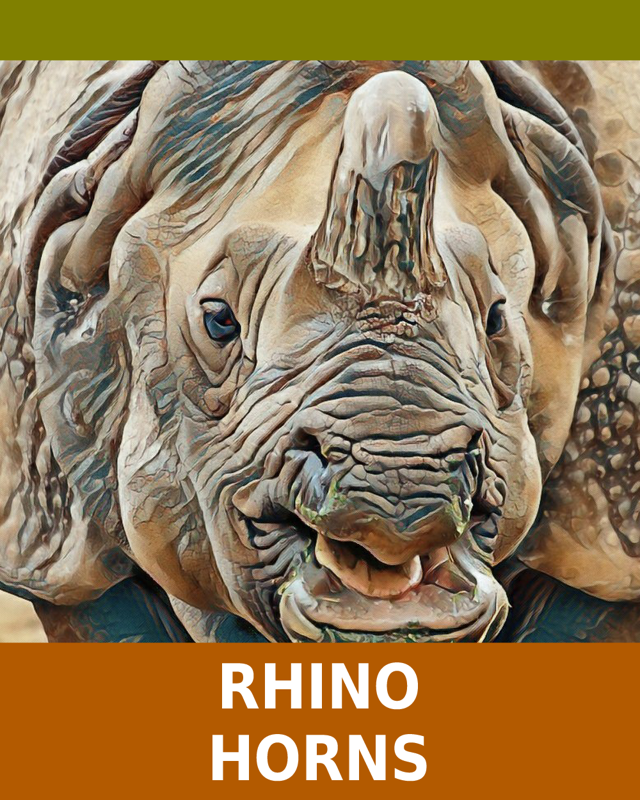
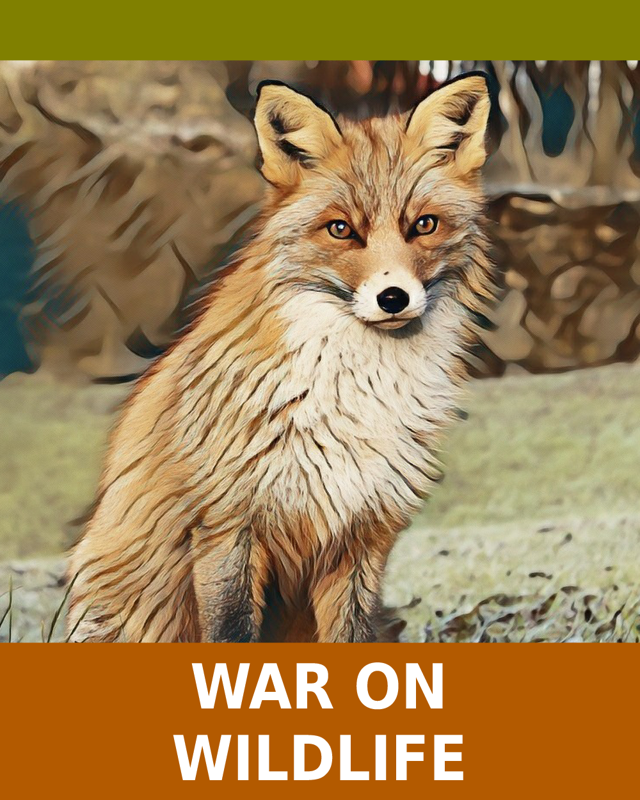
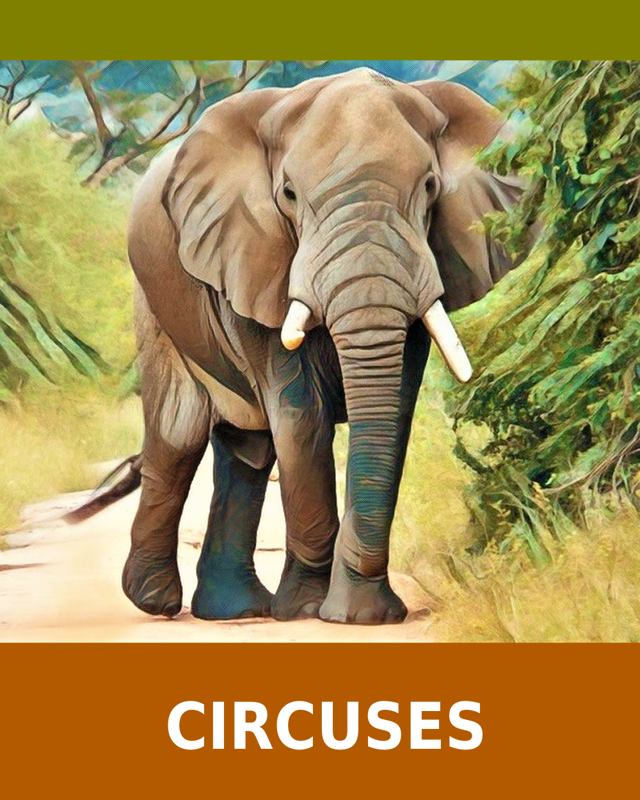
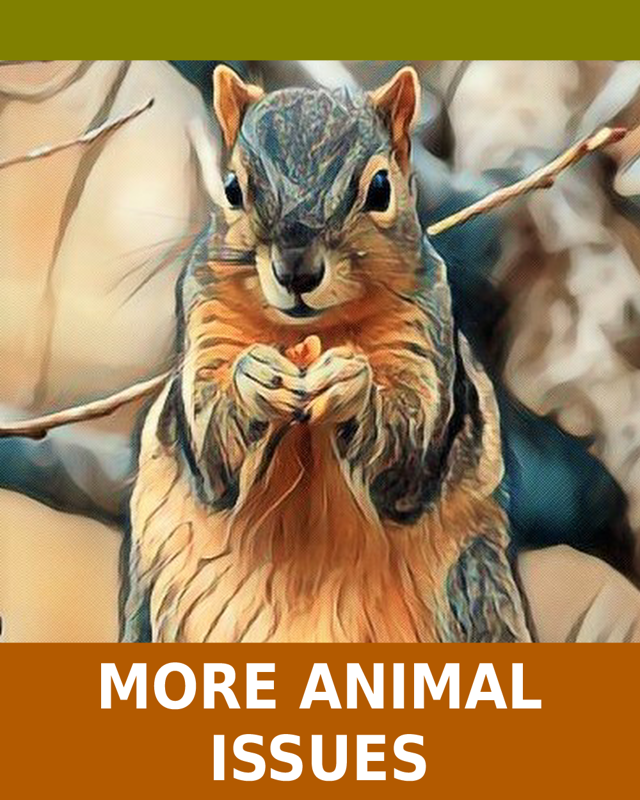
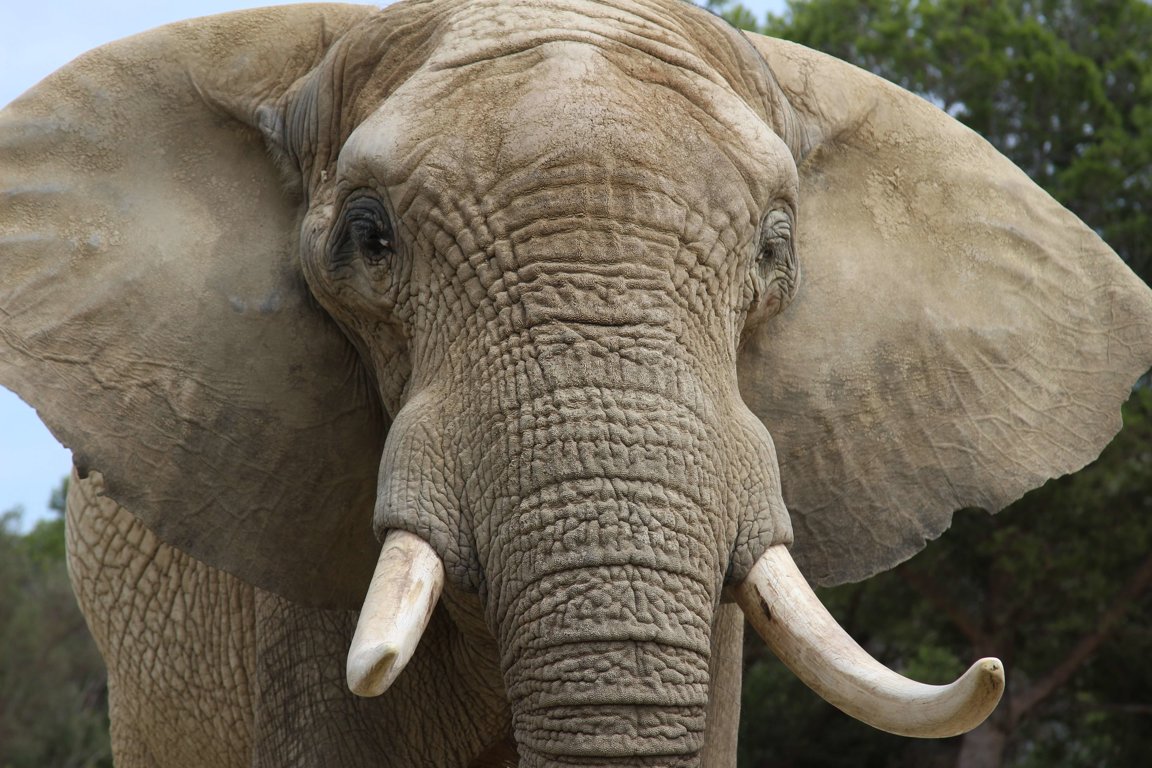
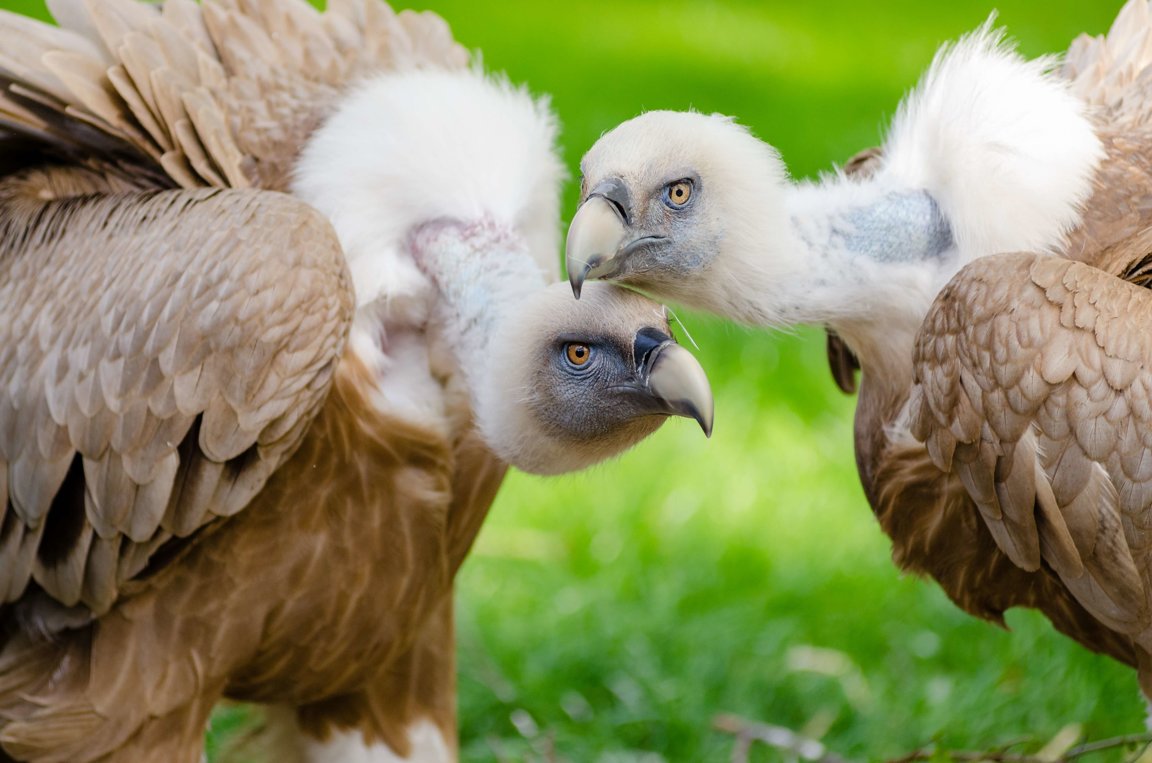
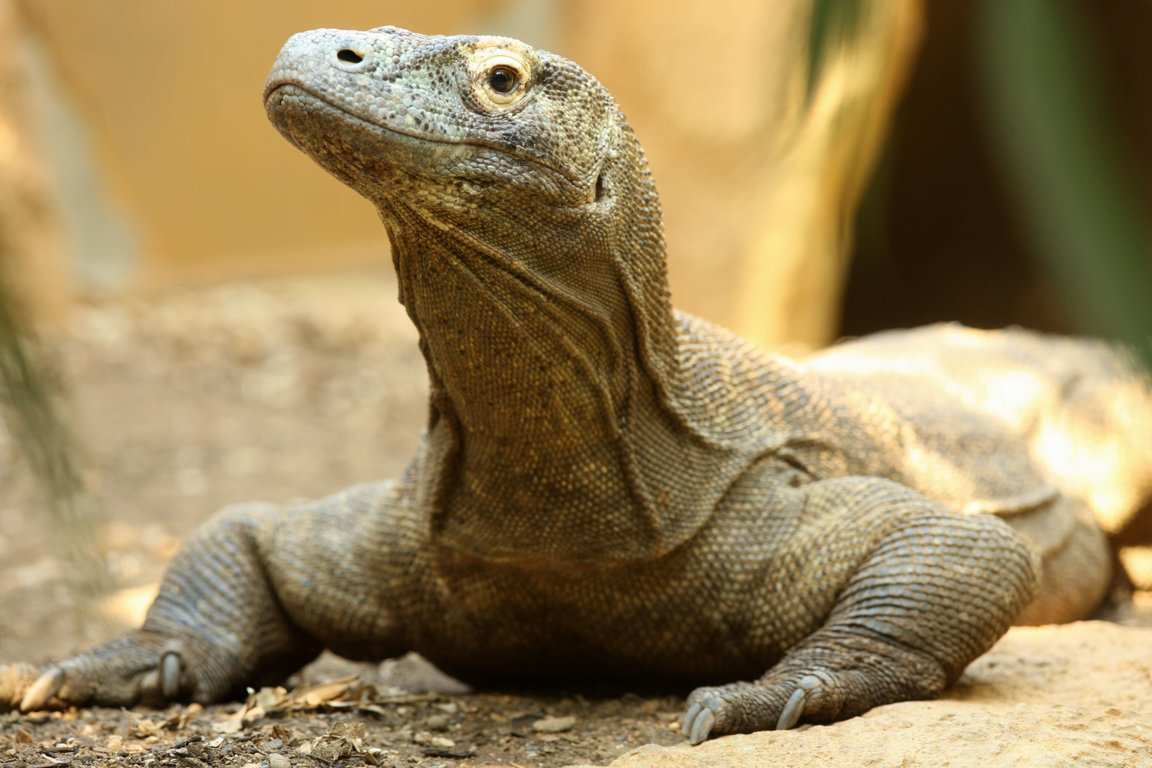

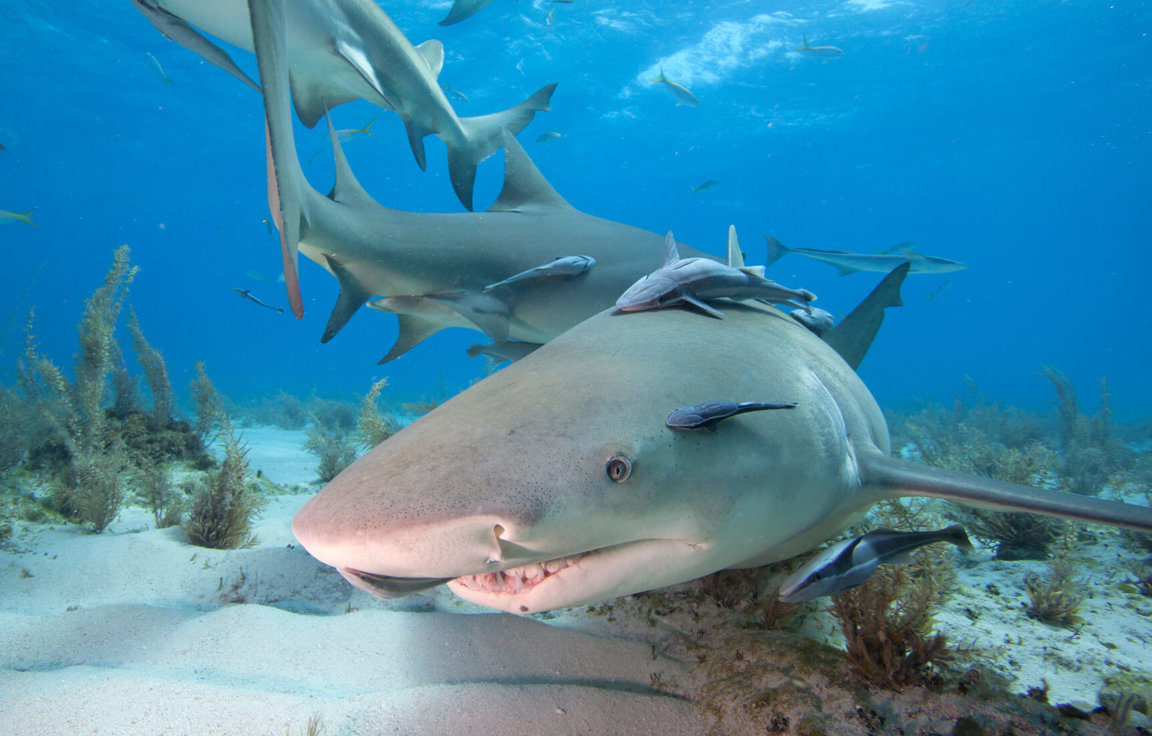
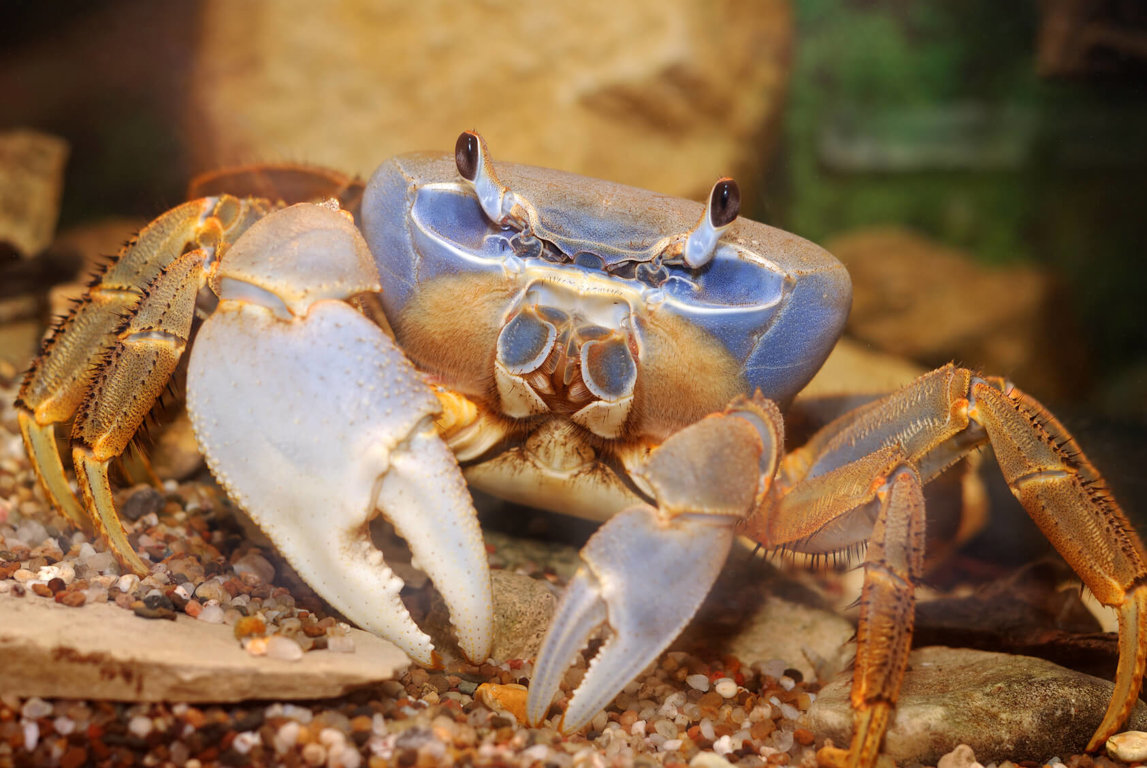
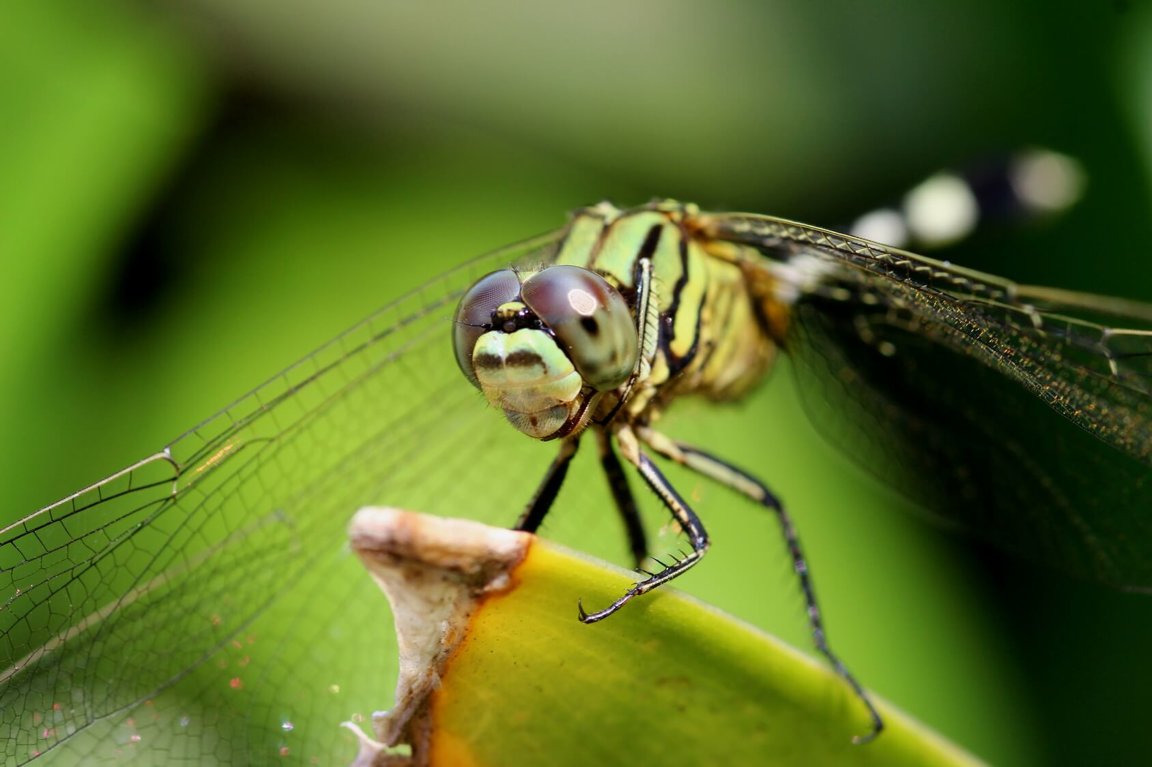
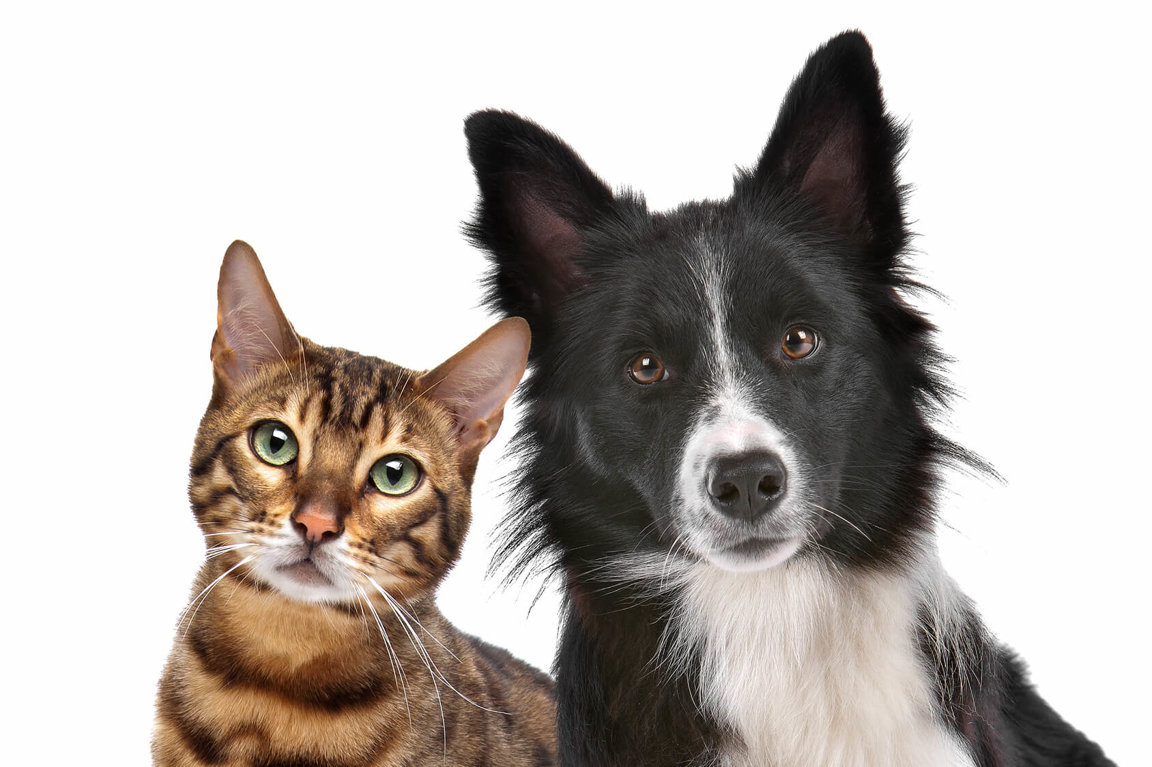
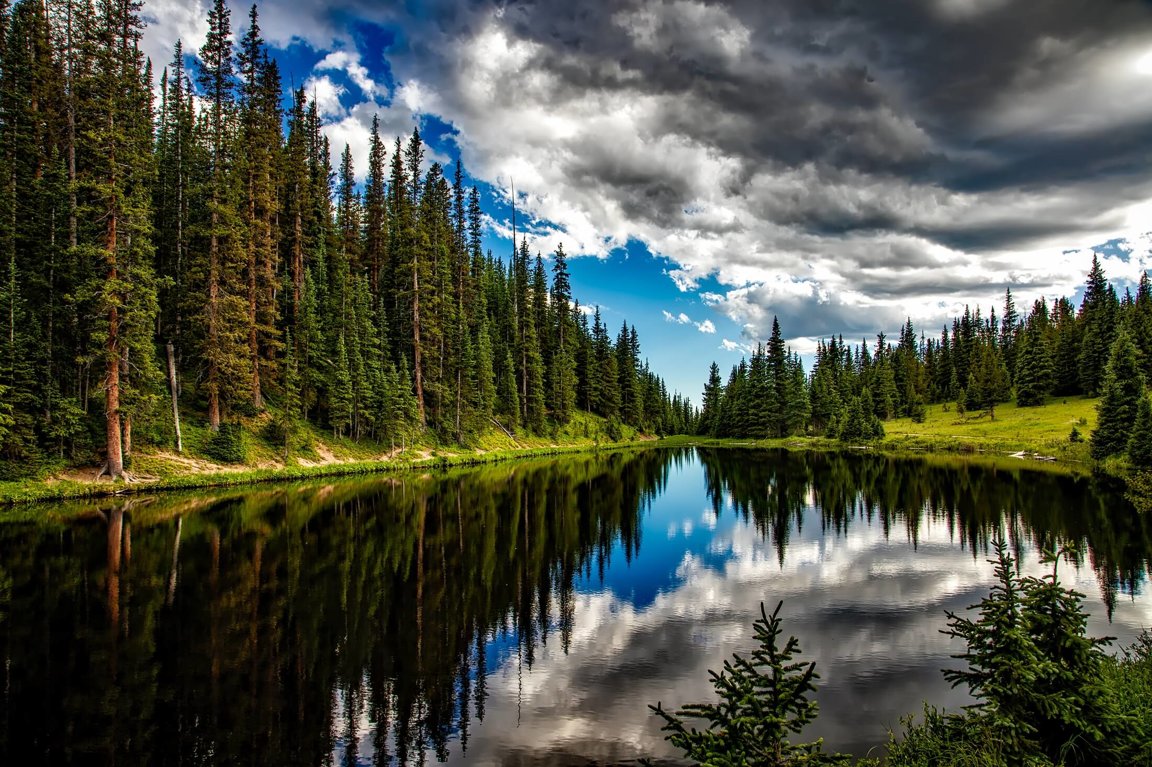
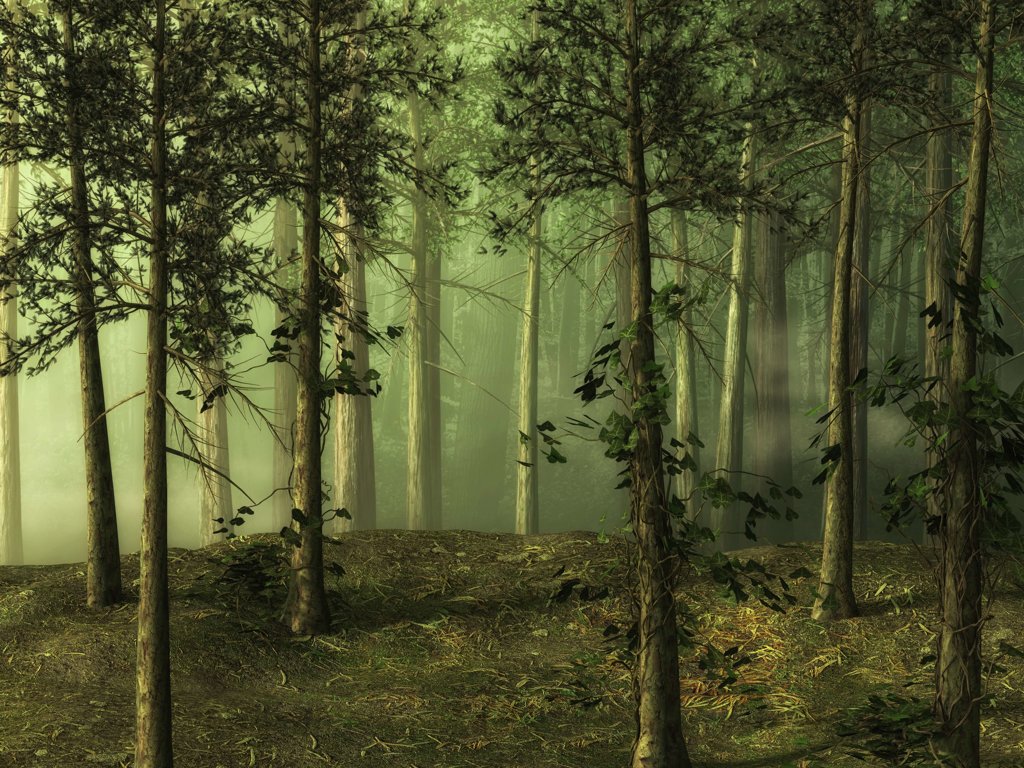
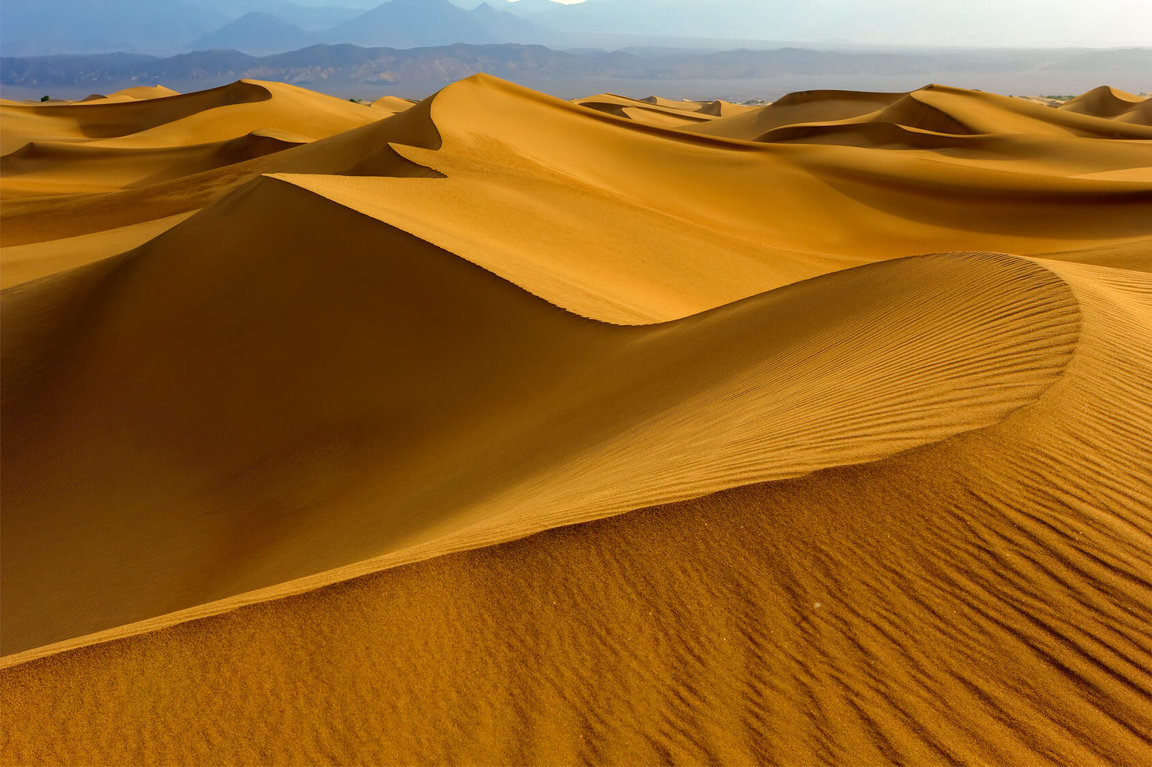
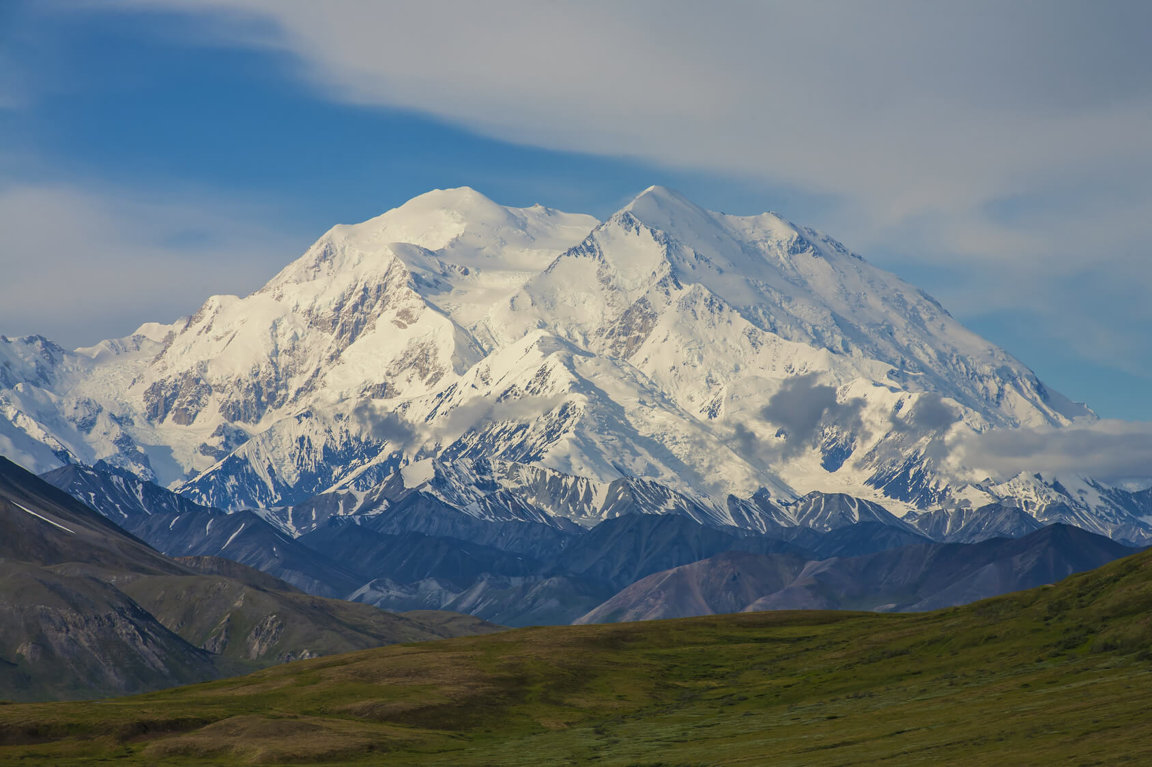
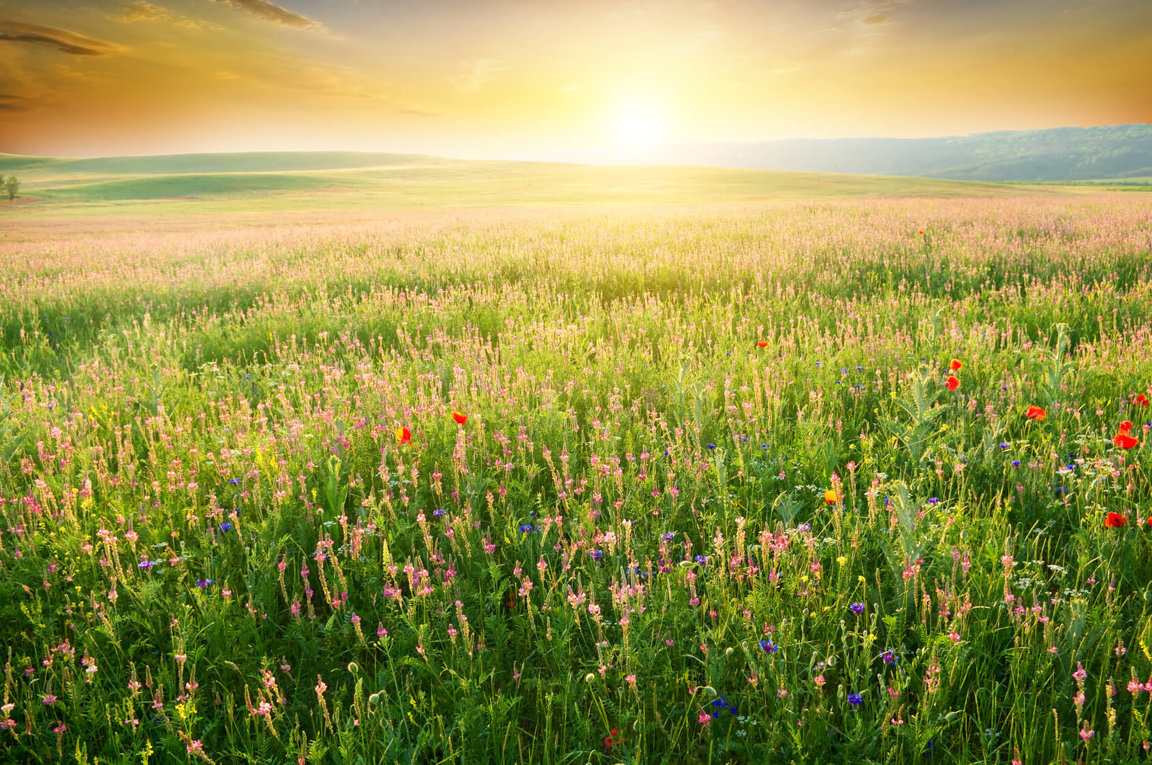
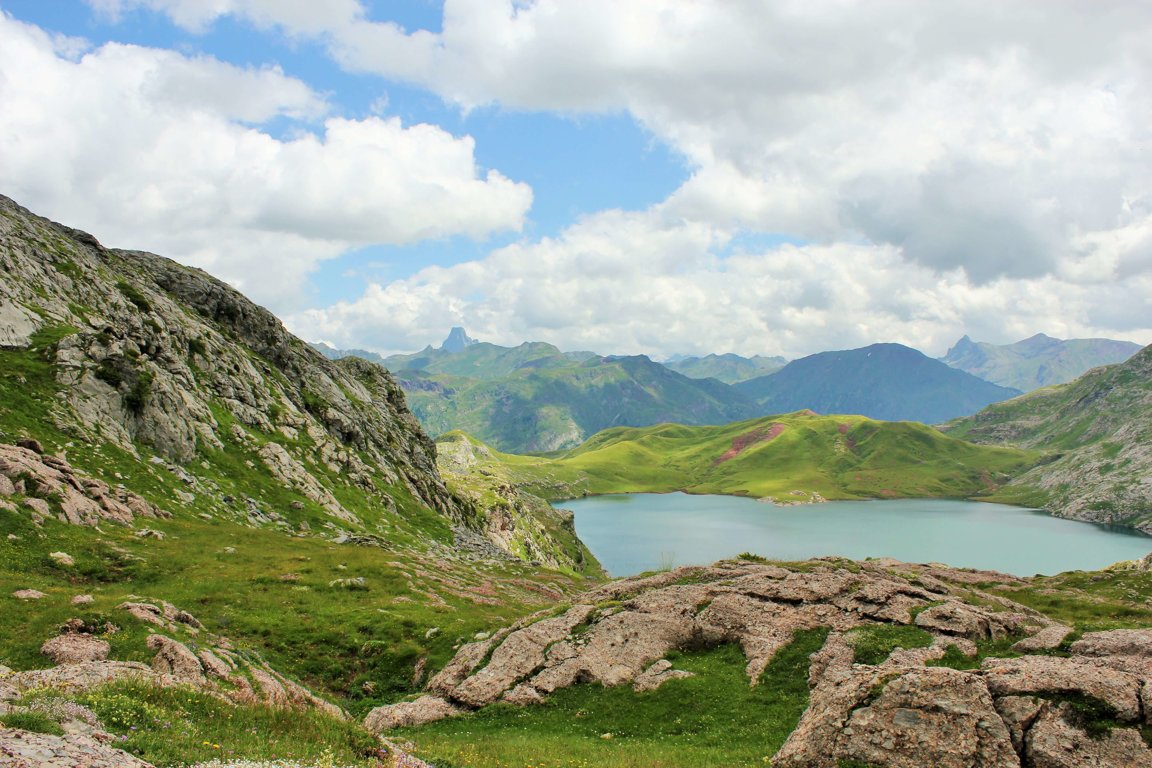
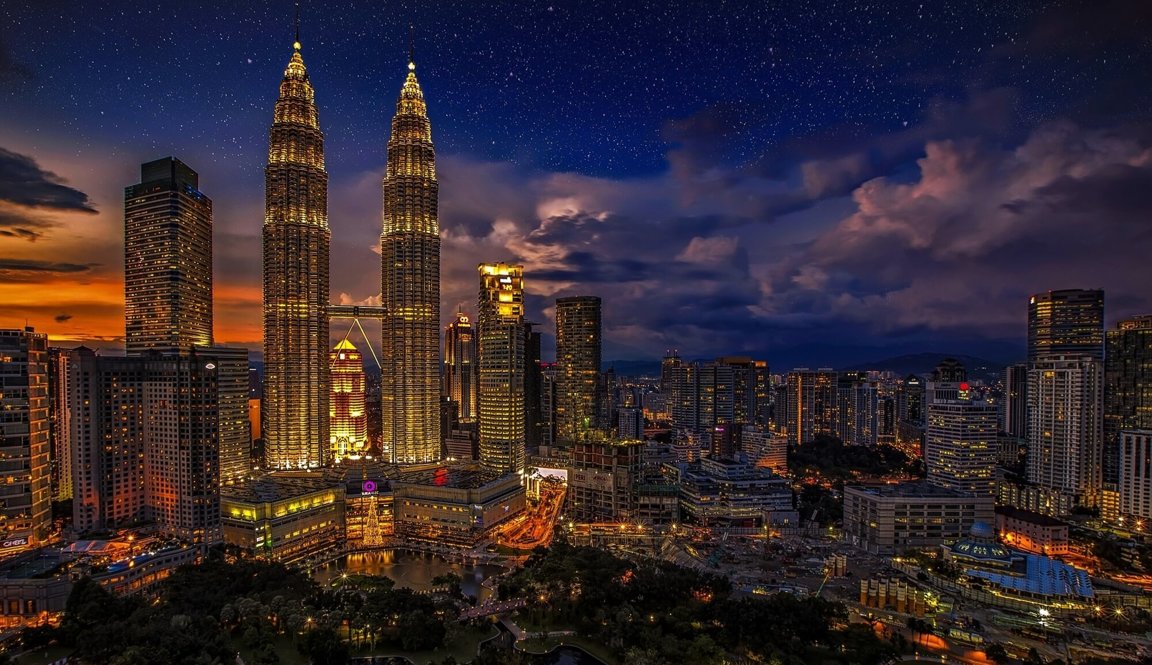
 How You Can Help Animals
How You Can Help Animals